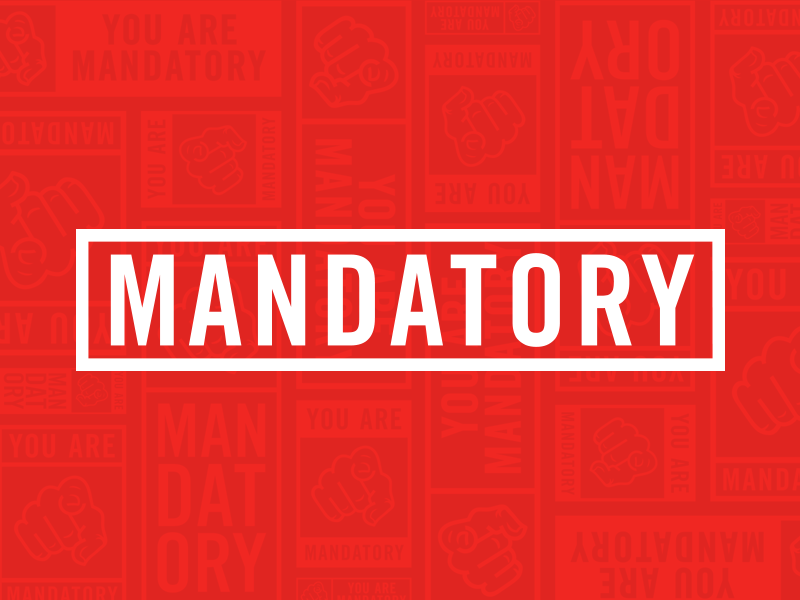
A lot of us love going to bars. During one of those trips to the pub (usually between beers No. 5 and 6) you may have thought to yourself, “Forget this place. I’m going to open up my own drinking establishment. Then I can drink all I want whenever I want.” Unfortunately, it’s not that easy.
But that’s…






